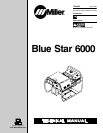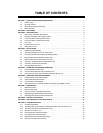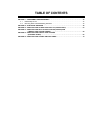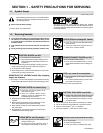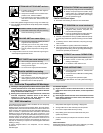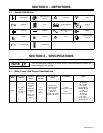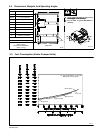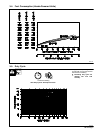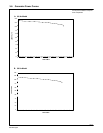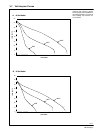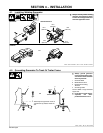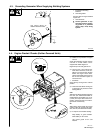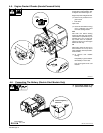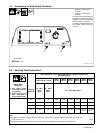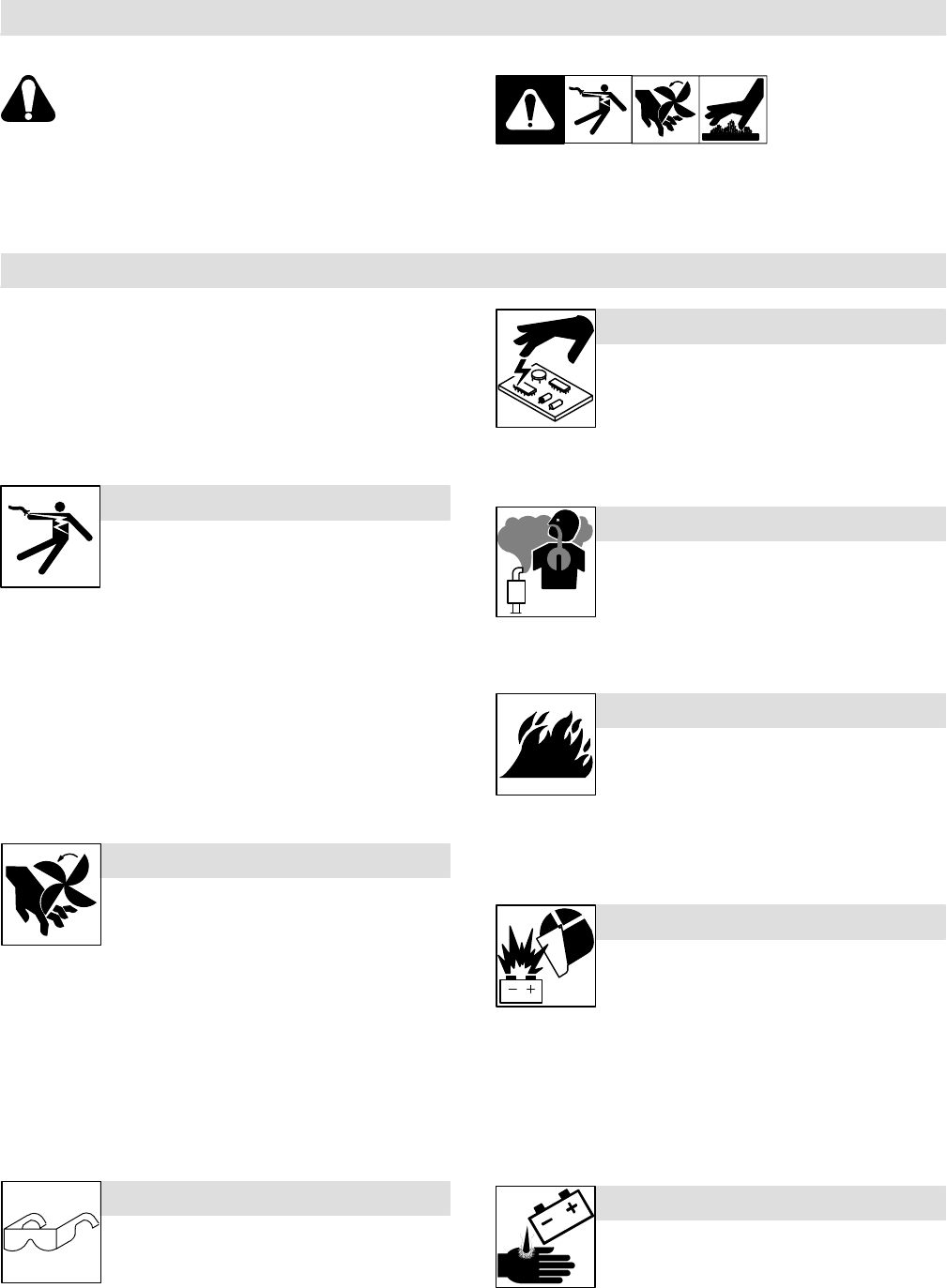
TM-499 Page 1
SECTION 1 − SAFETY PRECAUTIONS FOR SERVICING
1-1. Symbol Usage
OM-499H, safety_rtm 8/03
Means Warning! Watch Out! There are possible hazards
with this procedure! The possible hazards are shown in
the adjoining symbols.
Y Marks a special safety message.
. Means “Note”; not safety related.
This group of symbols means Warning! Watch Out! possible
ELECTRIC SHOCK, MOVING PARTS, and HOT PARTS hazards.
Consult symbols and related instructions below for necessary actions
to avoid the hazards.
1-2. Servicing Hazards
Y The symbols shown below are used throughout this manual to
call attention to and identify possible hazards. When you see
the symbol, watch out, and follow the related instructions to
avoid the hazard.
Y Only qualified persons should test, maintain, and repair this
unit.
Y During servicing, keep everybody, especially children, away.
ELECTRIC SHOCK can kill.
D Do not touch live electrical parts.
D Stop engine before testing or repairing unit un-
less the procedure specifically requires an en-
ergized unit.
D Insulate yourself from ground by standing or working on dry insu-
lating mats big enough to prevent contact with the ground.
D Do not leave live unit unattended.
D When testing live unit, use the one-hand method. Do not put both
hands inside unit. Keep one hand free.
SIGNIFICANT DC VOLTAGE exists after stopping
engine on inverters.
D Stop engine on inverter and discharge input capacitors according
to instructions in Maintenance Section before touching any parts.
MOVING PARTS can cause injury.
D Keep away from moving parts such as
fans, belts, and rotors.
D Have only qualified people remove
guards or covers for maintenance and
troubleshooting as necessary.
D Keep hands, hair, loose clothing, and tools away from mov-
ing parts.
D Before working on generator, remove spark plugs or injec-
tors to keep engine from kicking back or starting.
D Block flywheel so that it will not turn while working on gener-
ator components.
D Reinstall panels or guards and close doors when servicing
is finished and before starting engine.
FLYING METAL can injure eyes.
D Wear safety glasses with side shields or face
shield during servicing.
D Be careful not to short metal tools, parts, or
wires together during testing and servicing.
STATIC (ESD) can damage PC boards.
D Put on grounded wrist strap BEFORE handling
boards or parts.
D Use proper static-proof bags and boxes to
store, move, or ship PC boards.
ENGINE EXHAUST GASES can kill.
D Do not breathe exhaust fumes.
D Use in open, well-ventilated areas, or vent ex-
haust outside and away from any building air in-
takes.
FUEL can cause fire or explosion.
D Stop engine and let it cool off before checking or
adding fuel.
D Do not add fuel while smoking or if unit is near
any sparks or open flames.
D Do not overfill tank; clean up any spilled fuel.
BATTERY EXPLOSION can BLIND.
D Always wear a face shield, rubber gloves, and
protective clothing when working on a battery.
D Stop engine before disconnecting or connect-
ing battery cables.
D Do not allow tools to cause sparks when working on a battery.
D Do not use welder to charge batteries or jump start vehicles.
D Observe correct polarity (+ and −) on batteries.
D Disconnect negative (−) cable first and connect it last.
BATTERY ACID can BURN SKIN and EYES.
D Do not tip battery.
D Replace damaged battery.
D Flush eyes and skin immediately with water.



